The lush greens of hills and valley have been held at the pristine sight of nature at its peak by all. But often to an untrained eye, the pristine green can hardly be told apart from the cultivated green for economic purposes. Such a situation has aroused in the Kumaon division of Uttarakhand. Years ago under the rule of British, Chirpine(Pinus Roxburgii), a type of pine, was vastly regenerated in the Garhwal and Kumaon divisions for its resin. The sudden outburst of one species imbalanced the whole ecosystem and hence a slew of related problems ensued. It made the area prone to forest fire, disturbed the natural vegetation and its biodiversity, didn’t make up for good animal fodder, couldn’t hold soil and made the area prone to soil erosion, so on and so forth.
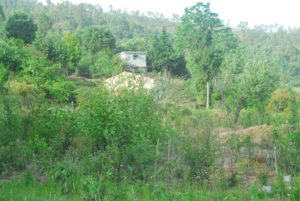
Keeping this in mind is an organization with the mission to bring back the native forests of the Himalayas. Alaap envisions a Himalaya where nature and communities thrive in harmony. The brain behind this organization, Sheeba Sen, has always wanted to work for the Himalayas and its people. This urge to connect with her roots made her leave her job in the UK and brought her into the rural scene of Uttarakhand. In 2012 she joined an organization named Aarohi in Satoli. Her years in Aarohi helped her learn the working of an organization and later find her true calling. At last, in 2015 she left Aarohi to form her own organization leading to the birth of Alaap.
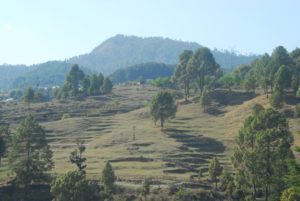
Alaap, in Indian classical music, is the improvised section of a raga or each of the six basic musical modes. The organization adorns this name as they embody its definition in their work. The essence of their work is really to innovate and experiment to address the age-old forestry challenge in the state of Uttarakhand- of turning the pine forests of today into mixed native wild forests of tomorrow.
Their paradigm, considering the interrelation of community and forests, is made up of three elements- regeneration of the native forest, creating eco-leaders and advocacy. Though their main mission is reviving the native biodiversity of the place, they realize that without community ownership the results will fall short and for an effective community ownership their socio-legal status should be up to par as well. For a better understanding of the issues faced by the communities, Alaap took a journey on foot covering 18 villages in Garud Valley across 40 km in 4 days. This provided for a sound understanding of the sentiments of the local communities towards their forests and their frustrations at no practical solutions available to improve their day to day quality of life. Currently, Alaap is running an eco-leadership program to attract the most passionate youth eco-leaders in the country and to engage them in creating more forests instead of just protecting the few remaining. Along with this Alaap is also involved in legal awareness of forest rights and eco-entrepreneurship initiatives such as ‘Native Forest Homestays’- coupling a small native forest with a homestay.
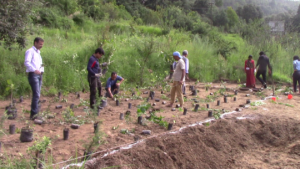
Amongst all of it, Alaap has still been true to its main objective as in August 2017 they successfully grew a pilot forest. This pilot forest was meant to test the adaptation of Miyawaki method of growing native forest in the terrains of Himalayas. In this method, the main trees of the native forest are grown in the random arrangement to mimic the natural forest system. For this Alaap has been collaborating with the native communities to learn about their forest patterns and in turn, teach them the Miyawaki method in a manner which can be learned by anyone. This gives and takes bore fruit as the pilot forest created in 2017 after ten months seem to have over 90% rate of survival (as opposed to a usual 30-40% using conventional plantation method) and some species are already 8 ft. tall.
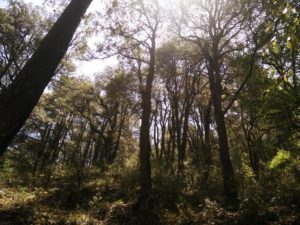
In the next five years, they are looking forward to work with about hundred villages creating as many native forests as possible, developing a 9-acre show forest for the government and create 100 plus young eco-leaders- leaders who are committed to increasing the native forest cover in Uttarakhand through social and eco-innovation. Alaap is on a mission to form a world covered in the right kind of green where the communities thrive in harmony with nature.







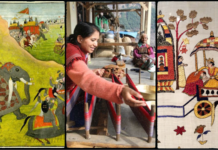









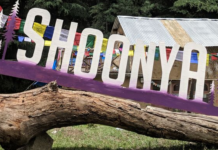



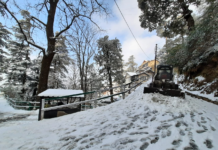
kjd0x3
tl9mhw
1yn0at